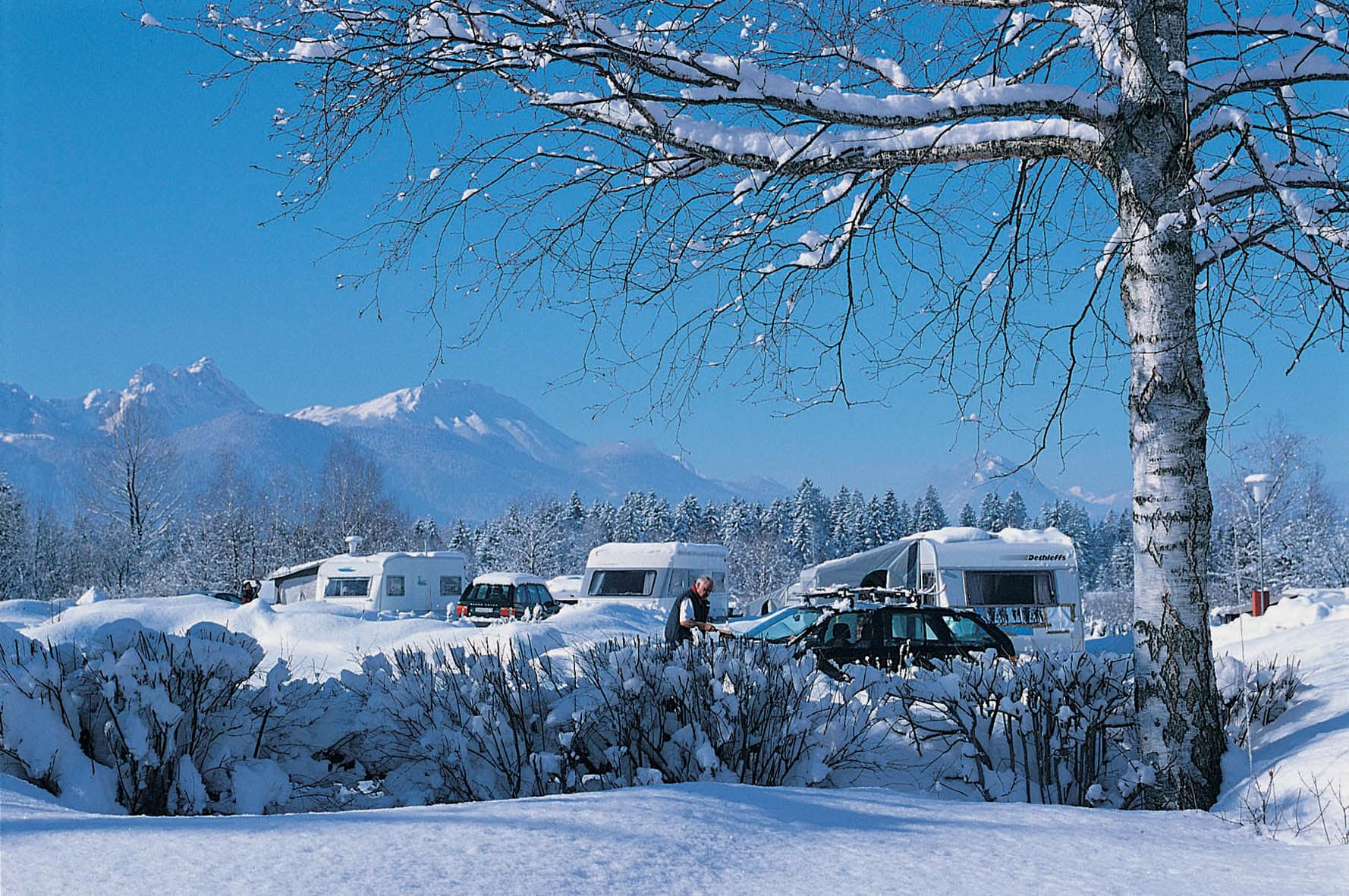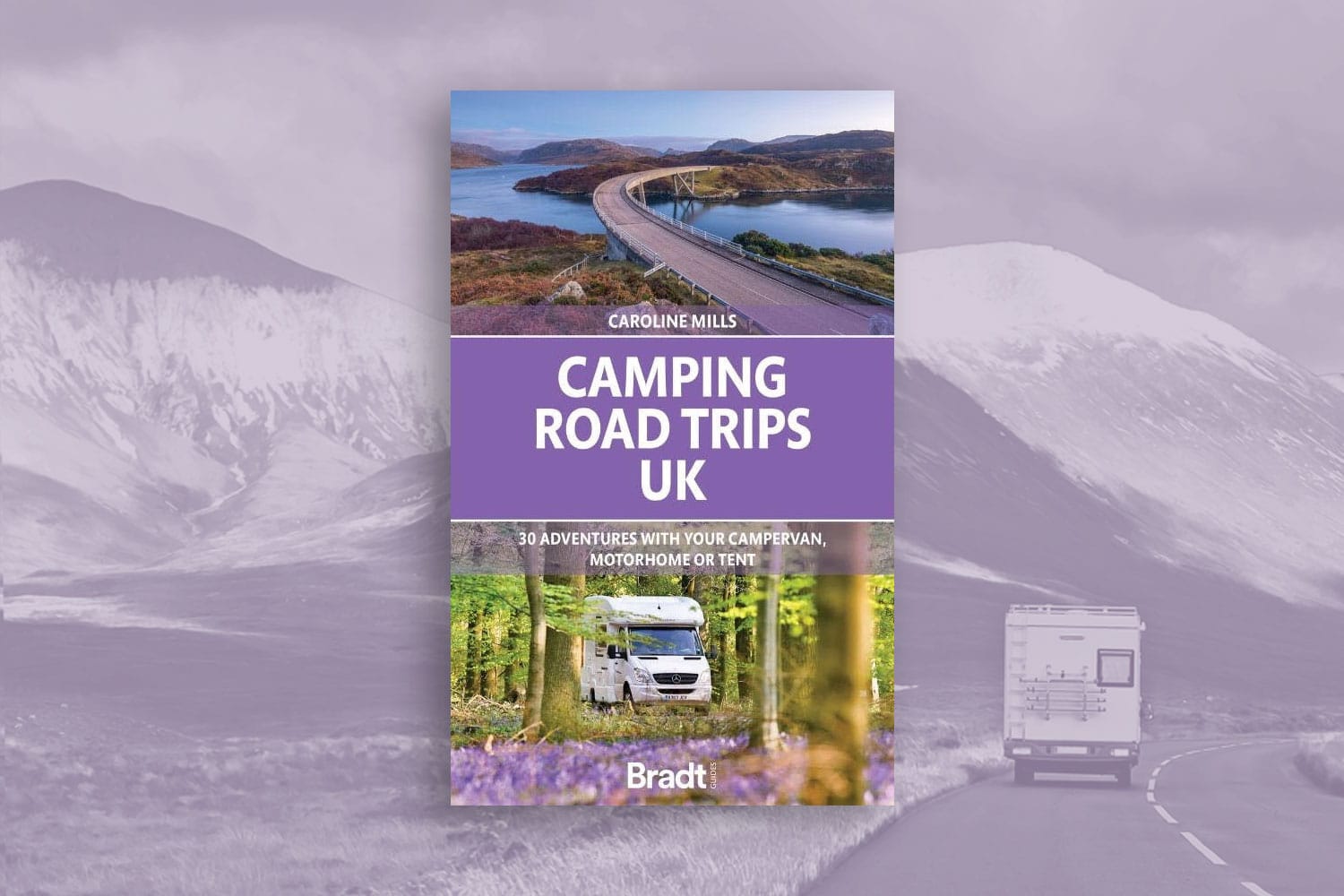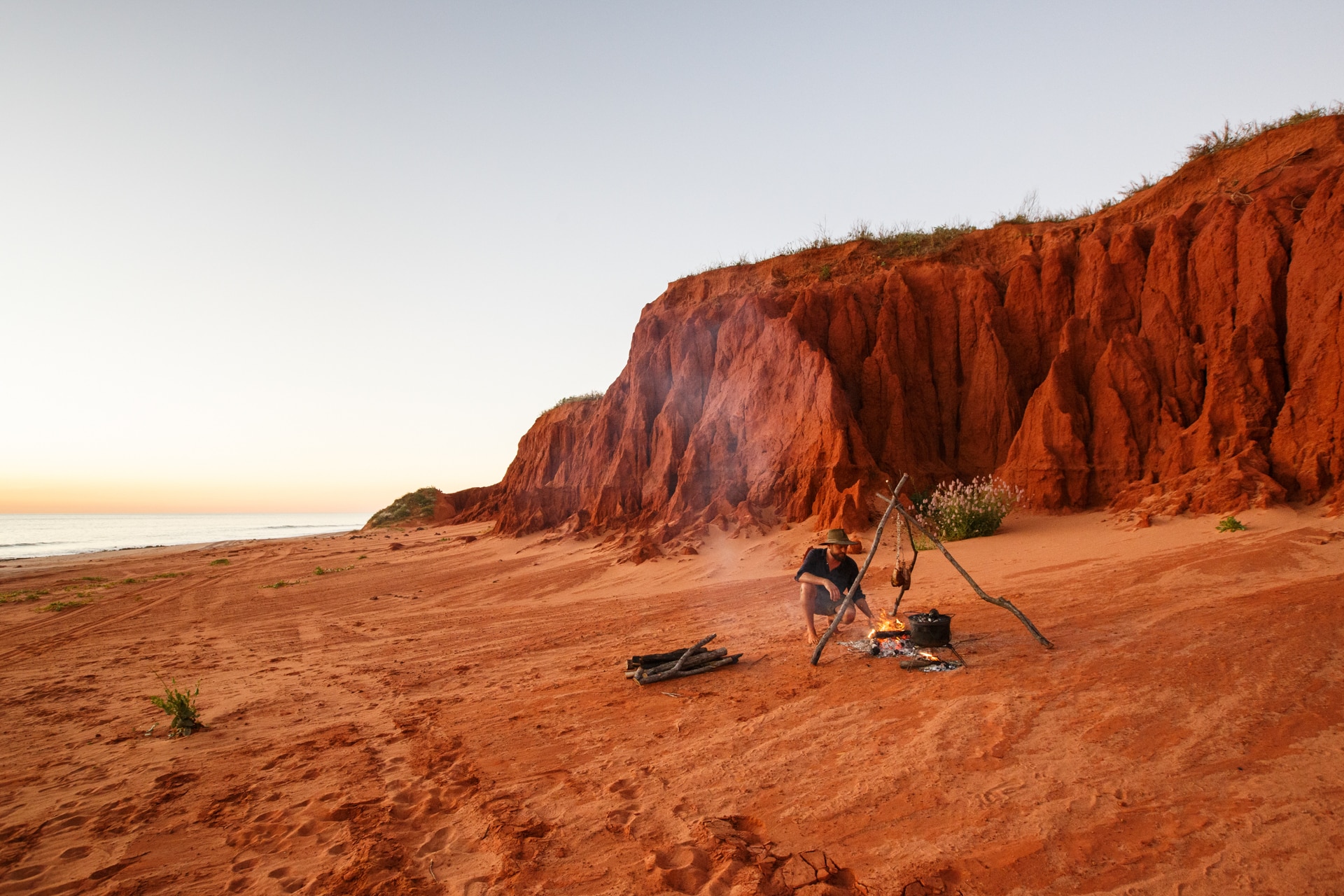Destinations become stereotypes. Certain places attract different styles of holiday assisted by its infrastructure, and the pigeon-hole door shuts firm. Package holidays, beach holidays, adventure holidays – we pick out certain destinations according to the type of holiday we desire.
So, too, camping. Devon, Cornwall, Dorset in England, Scotland and, overseas, France and Spain. All on the radar of the stereotypical camping spot. Malta? That little island in the middle of the Mediterranean, positioned on the globe further south than the north coast of Africa? Ah, yes, that has camping, too.
I toured the length of Europe on a camping trip to Malta, with the aim to highlight that it’s possible to travel to the island flight-free, that it’s possible to camp in Malta, and, more so, that it’s a great destination for off-season winter-sun camping.
Departure from the UK had to be swift – after I’d scraped the March snow off my campervan windscreen. Further snow was forecast. The white stuff turned to rain in northern France and, by the time I’d reached the Champagne region, the sun shone for the remainder of the 2,000-mile road trip, with sea crossings, to Malta. On the island, the average temperature was 22˚C during my stay.

Gather your bearings on Malta
Here’s a quick armchair tour of the island. Little more than 27 miles long and 9 miles wide, Malta is shaped like a parallelogram with a stalk. On its north coast is the capital Valletta. Most of Malta’s built-up area is concentrated here and radiates into the centre of the island from Valletta to Mdina, the historic capital of the island, and Rabat. There’s also a couple of large developments further northwest, at St Paul’s Bay, and beyond that, Il-Mellieha, the northernmost city.
To put ‘city’ into perspective, though, Valletta is the smallest national capital in the EU by both area and population; most of the half-million residents of Malta live in the urban areas around Valletta. The island’s international airport – a former Royal Air Force base – lies to the south of Valletta.
Malta’s ‘stalk’ is made of two high-ground ridges – Mellieha Ridge and Marfa Ridge, with Mellieha Bay separating the two. The N1 road runs from Marfa Ridge and the ferry port on the northwest coast (where ferries depart for the neighbouring Maltese islands, Gozo and Comino) to the town of Birzebbuga on the southeast coast, like a snaking spine, via Valletta.
Malta is mainly flat, with the odd undulation but these are by no means uplands. The highest point, at 253 metres high, is at Ta’ Dmejrek, which is part of the Dingli Cliffs that run along a section of the south coast.
Motorhomes on Malta
Let’s get the nitty-gritty out of the way first. Malta, which drives on the left like the UK, loves cars and driving; it means that roads radiating out from the most heavily developed areas are busy. No busier than rush-hour in the average provincial UK town but, nonetheless, I’m not going to pretend that they’re anything but.
So, too, roads in the northwest, around the city of Il-Mellieha and Mellieha Bay, are busy at weekends as city-dwellers head to the north of the island for a day out or to reach the ferry port at Cirkewwa for Gozo.
Roads elsewhere, however, for much of the south and west of the island are quieter. However, some of the rural lanes can be narrow and with very attractive but nonetheless unforgiving stone walls.
VW-sized campervans and compact leisure vehicles will have little problem navigating these roads. Bulky coachbuilts, A-Class motorhomes and touring caravans will benefit from heading direct to the main campsite (more on that later) on Malta upon arrival at the international ferry port in Valletta, then using the excellent public transport system for getting around the island. You can use the online trip planner to make the most of public transport on Malta:
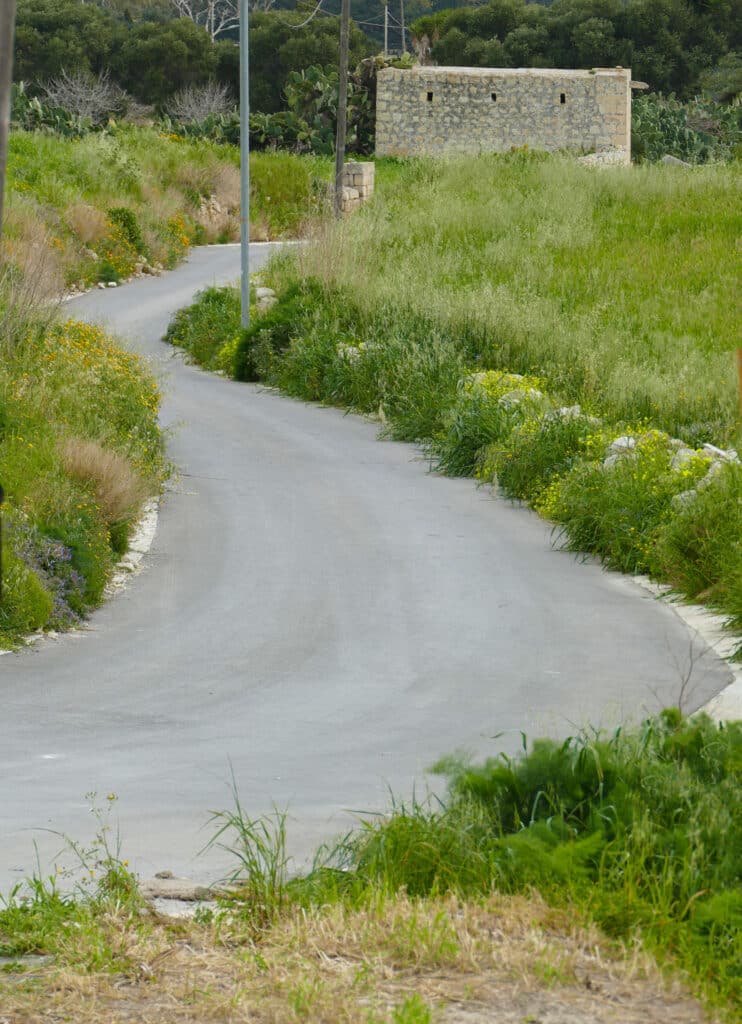
Camping on Malta
The Maltese love camping and getting outdoors, and you’ll find families and groups of friends gathering together at weekends for a camping trip and sharing an outdoor meal.
There is one main campsite on the island, Ghajn Tuffieha Campsite, at Ghajn Tuffieha, on the west coast. This excellent campsite is run by the Scouts Association of Malta and is open all year. Pre-booking is essential – to do so, you must first create an account on the website before making your booking.


The campsite is large; there are 26 pitches of varying sizes, some of which are suitable for one unit while others are communal. The pitches are divided by characteristic Maltese stone walls, shrubs, and flowers with unmetalled hardstanding (though not necessarily level). Tent campers will require tent pegs suitable for hard ground. I loved my pitch, which had electric-hook-up, a fresh-water tap, and a firepit, and was surrounded by shrubs for privacy.
Toilets and showers are basic but adequate with hot water and are included in the pitch price – I was provided with a key to a private toilet and shower for my sole use. There is also chemical toilet and waste disposal, but there is no motorhome service point.
As a Scouts Association campsite, there are some great additions for families including a huge play area with football field and an amphitheatre. Next to the campsite is a four-star hotel with excellent café and beachside restaurant. Golden Bay, which is regarded as one of the best beaches on the island, is a five-minute walk from the campsite. Bus services to the remainder of the island, in particular Valletta, leave from Golden Bay.
Access to Ghajn Tuffieha Campsite is via the paid-parking car park at Golden Bay. Park here (no need to pay temporarily) and walk to the campsite reception to receive a keycard for the security barrier to the campsite. This allows you to come and go as you please; it includes a keycard to enter and leave the car park, too.
Wild camping on Malta
Ghajn Tuffieha Campsite is the best option for large motorhomes and touring caravans. Tent campers and campervans have an additional option. ‘Wild’, off-grid camping is permitted on Marfa Ridge – and it is very popular with the locals.
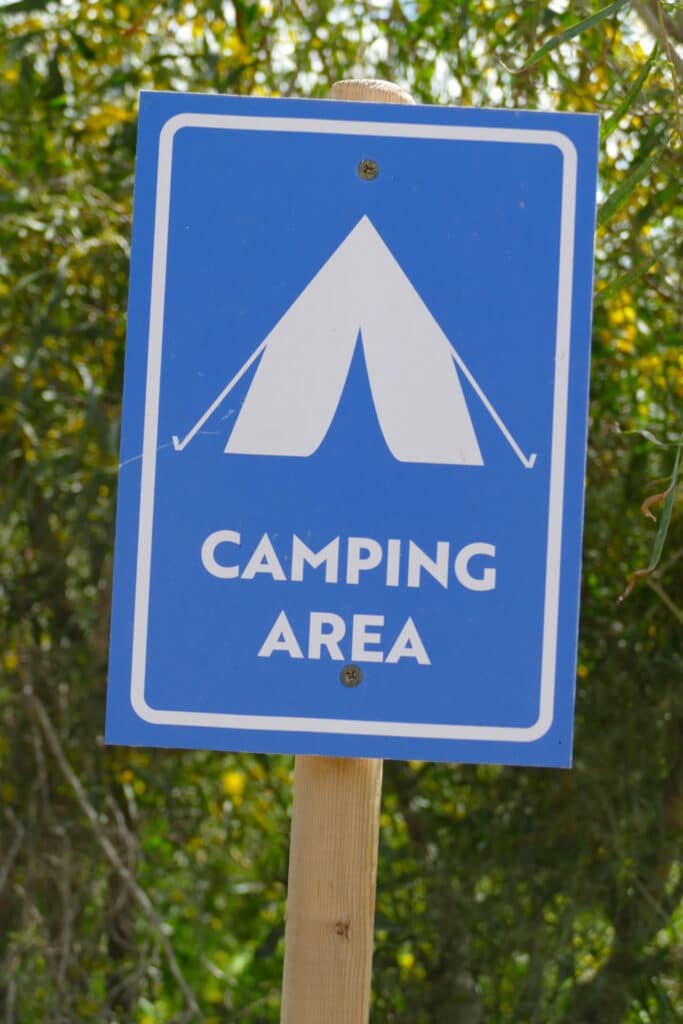
However, off-grid camping is regulated with three designated areas in which to camp and you must obtain a permit first from the Il-Mellieha Council (www.mellieha.gov.mt/the-council/online-permit-system). Camping zones include: l-Aħrax tal-Madonna (Zone A), l-Aħrax tat-Tunnara (Zone B) and l-Aħrax tar-Ramel (Zone C). Permits cost 10 Euros (40 Euros for processing within 48 hours prior to camping).
These camping zones are on the eastern end of Marfa Ridge in, arguably, the prettiest area of the island. Here the land is rocky yet brimming with wildflowers among pine woods that’s one of the most natural areas of the island. Pitching your tent here can be in the woods or on the ridge’s coastal edge, overlooking Mellieha Bay. It does get busy at weekends as families come together to camp.
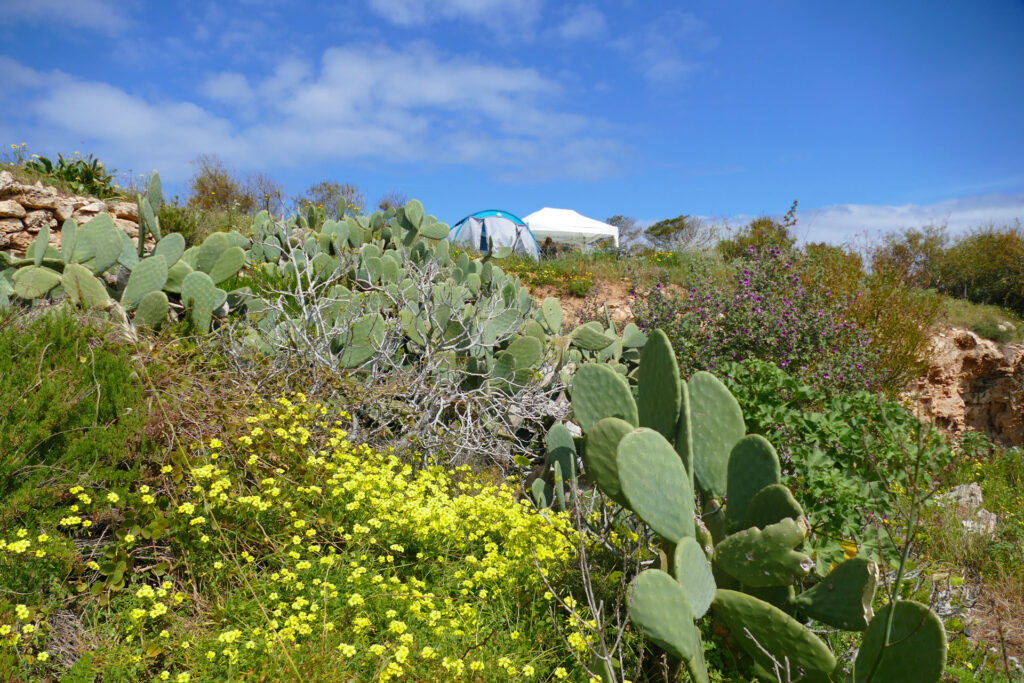
Top ten to see and do on Malta
Why travel to Malta? Blindly, I expected the usual sand-and-sea package holiday itinerary. And, with Ghajn Tuffieha campsite right beside Golden Bay, that’s still possible for those planning a long-term stay of winter sun, bathing and relaxing. But here’s my top ten of activities:
1. Visit Valletta
Malta’s capital city is a UNESCO World Heritage Site. It is so compact that walking is the best (and only in pedestrianised areas) option. There are plenty of cultural activities – art galleries, museums, and opera – but it’s a lovely city for ambling and admiring the unique architecture, influenced by its position in the middle of the Mediterranean with multicultural input over centuries. That includes British influence until Malta gained independence in 1964 – you’ll see many references, including red post boxes, coats of arms and a Commonwealth Walkway.
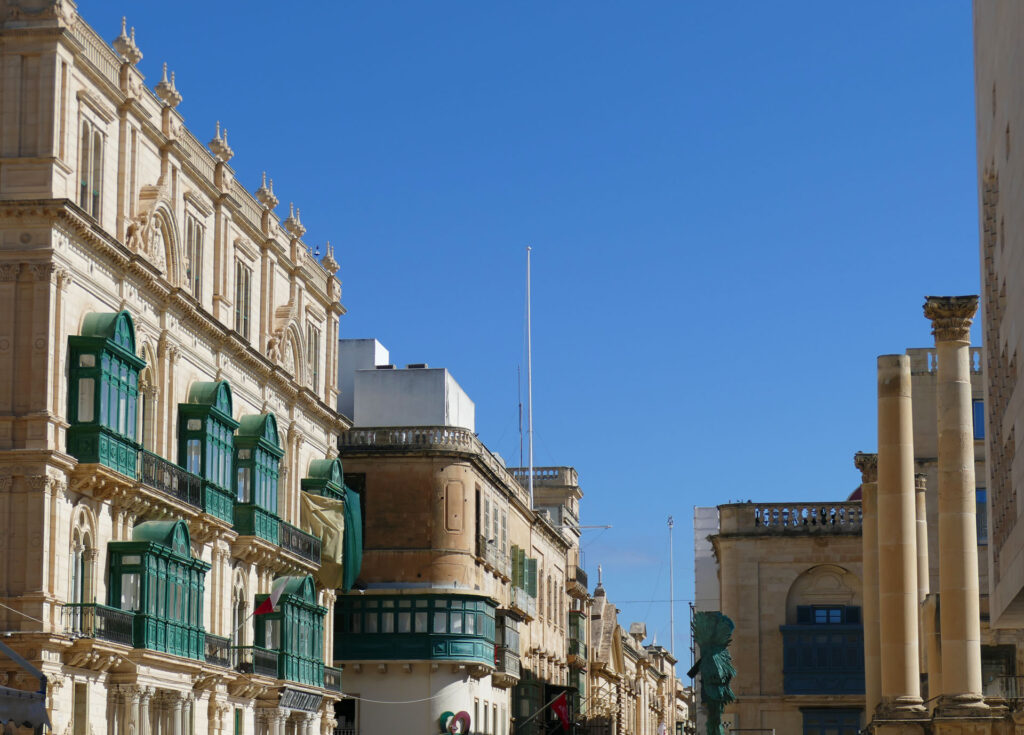
Head to the Lower and Upper Barraka Gardens for scenic views over Grand Harbour. Then cross the water on a traditional Dgħajsa to Three Cities where you can wander the historic streets of Vittoriosa, Senglea and Cospicua. The trio offer authentic, quiet neighbourhoods behind the grand waterway.
2. Golden Bay
Right beside the campsite on the west coast, this is, as its name implies, a sheltered bay of golden sand. The neighbouring bays of Ghajn Tuffieha and Gnejna are also popular for sunbathing and swimming, as is Ghadira at Mellieha Bay on the east coast. To explore the area, Golden Bay Horse Riding offers day treks and sunset rides along this western coastline. For a lunchtime snack or evening meal with a short walk back to the campsite, I recommend the Mokka Lounge Bar with sea views or the beachside Agliolio Italian beachside restaurant at Radisson Blu Malta Golden Sands Resort & Spa.
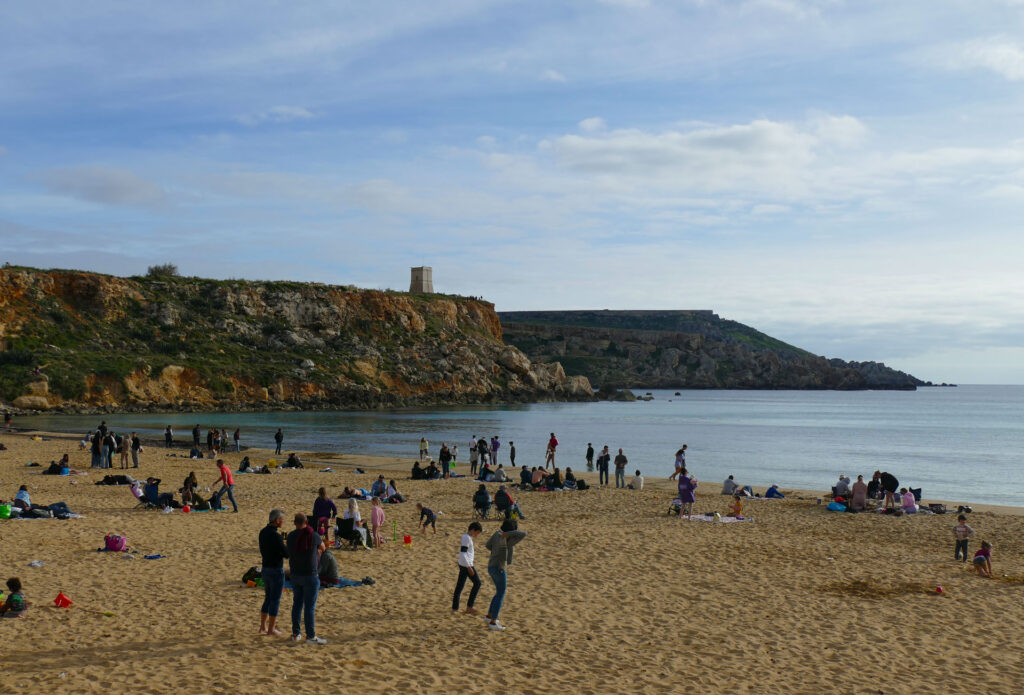
3. Wildflower walks on Marfa Ridge

Spring in Malta, before the weather gets too hot, is the best time to witness the wildflowers of the island. And they are here in abundance. I was mesmerised by the sheer number across Marfa Ridge, along with butterflies and birdlife. It’s a fabulous place to walk, with endless footpaths both west and east of the N1 artery that crosses the middle of the ridge north to south. There’s also a network of footpaths with fabulous scenery on the west coast, south of Anchor Bay and Ghadira Bay, such that you can walk from the campsite at Golden Bay to Marfa Ridge.
4. Discover the Red Tower
Also on Marfa Ridge, the Red Tower, otherwise known as St Agatha’s Tower, is a 17th-century look-out fortress built by the Knights Templar Order of St John, who lived on and governed Malta historically. Owned by the National Trust of Malta, there’s a small exhibition inside with information about the Knights Templar – rulers of Malta for centuries, the history of the Tower, and St Agatha. It’s also possible to climb to the rooftop for commanding views over Marfa Ridge, Gozo and Comino to the north, and Mellieha Ridge to the south.

5. Day trip to Gozo

It’s only a 20-minute bus journey from the campsite to Cirkewwa (less from the wild camping areas) and only a 25-minute, regular, ferry crossing (www.gozochannel.com/ferry/) to Gozo. Foot passengers are charged €4.65 though the ferry does take vehicles. Once in Mgarr, where the ferry arrives, there are buses to take you around the island, which is much greener than Malta, or a fun way to get about is by tuk-tuk. Must-see places to visit on the island are Ramla Bay, the capital Victoria, Ggantija Prehistoric Temples (a UNESCO World Heritage Site) and Dwejra Bay, on the west coast.
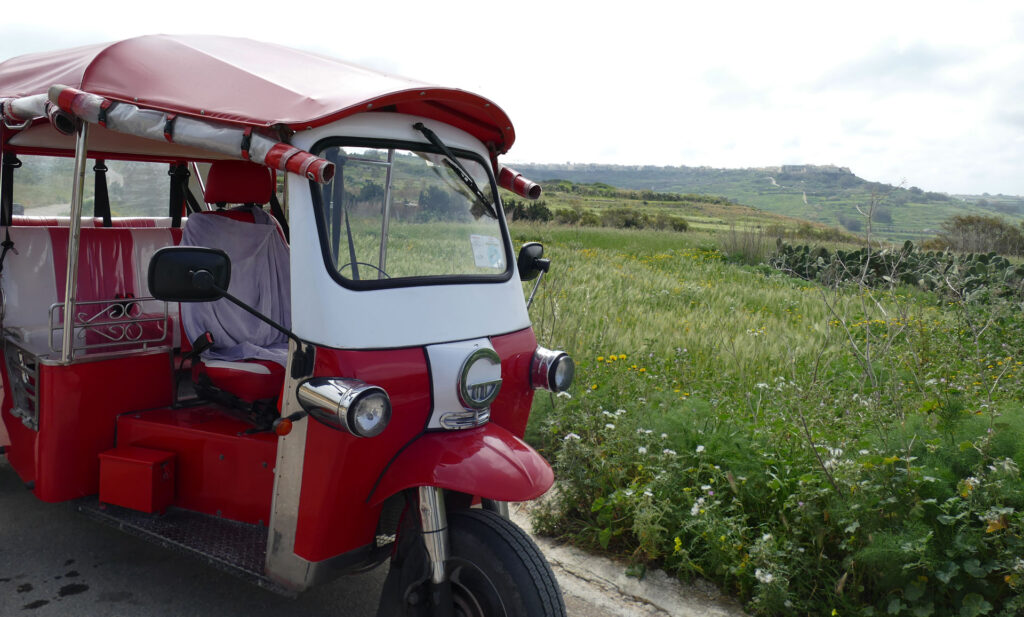
6. Dingli Cliffs
The Dingli Cliffs, with it steep rock face, forms a long stretch of Malta’s south coast and includes Malta’s highest point, Ta’ Dmejrek. The roads in this southern area of the island are much quieter, with a rural and agricultural feel to it. It’s a lovely part of the island to explore by bike. Head to the panoramic viewpoint at St Mary Magdalene Chapel along Triq Panoramika, southeast of the village of Dingli.

7. Explore the Blue Grotto
This wonderful must-do is a great addition to a trip along the Dingli Cliffs as it’s in the same part of the island, on the south coast. The series of sea caves with arches can be viewed on a 15-20-minute boat trip from Wied iz-Zurrieq. Simply turn up at the tiny port and hop onboard. As the name implies, the colours of the caves and the water are an extraordinary blue. It’s possible to reach the port by public transport.
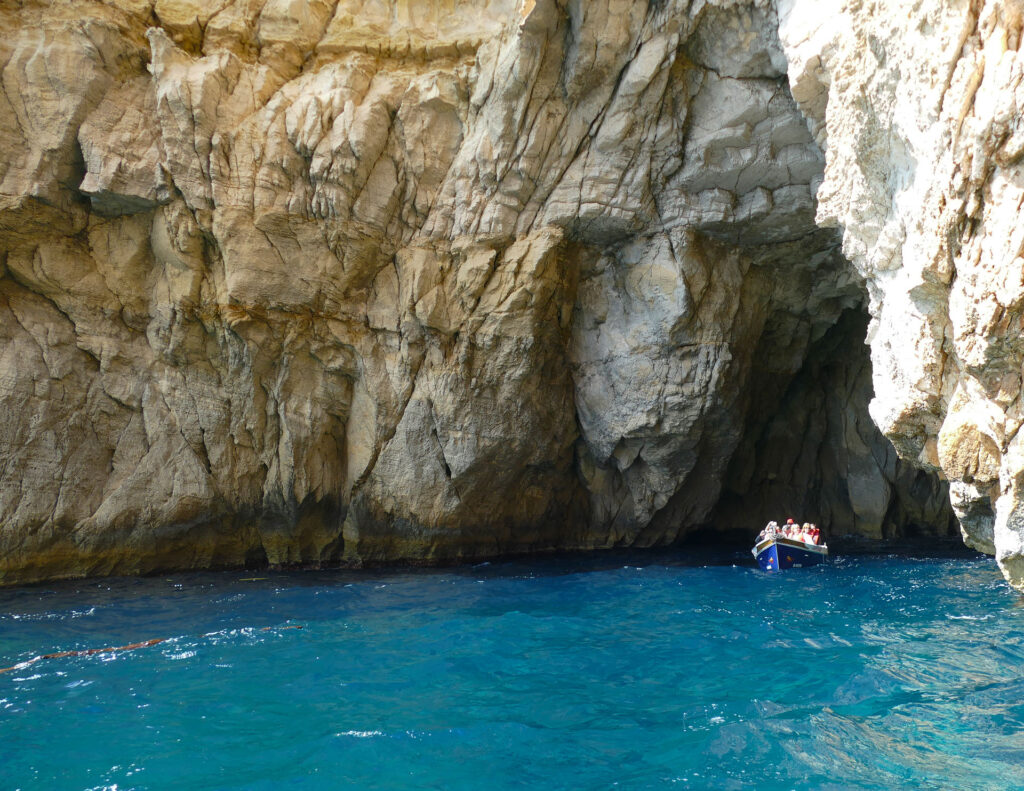
8. Ancient Temples
The Megalithic Temples of Malta, which date back to 3600BC, are, collectively, a UNESCO World Heritage Site. There are seven temple sites, including the Ġgantija Temples on Gozo, which are older than the Egyptian Pyramids or Stonehenge. The Ħagar Qim Temple and Mnadra Temple on Malta overlook the south coast. This is a good addition to a day out on the south coast, located between Dingli Cliffs and Blue Grotto.
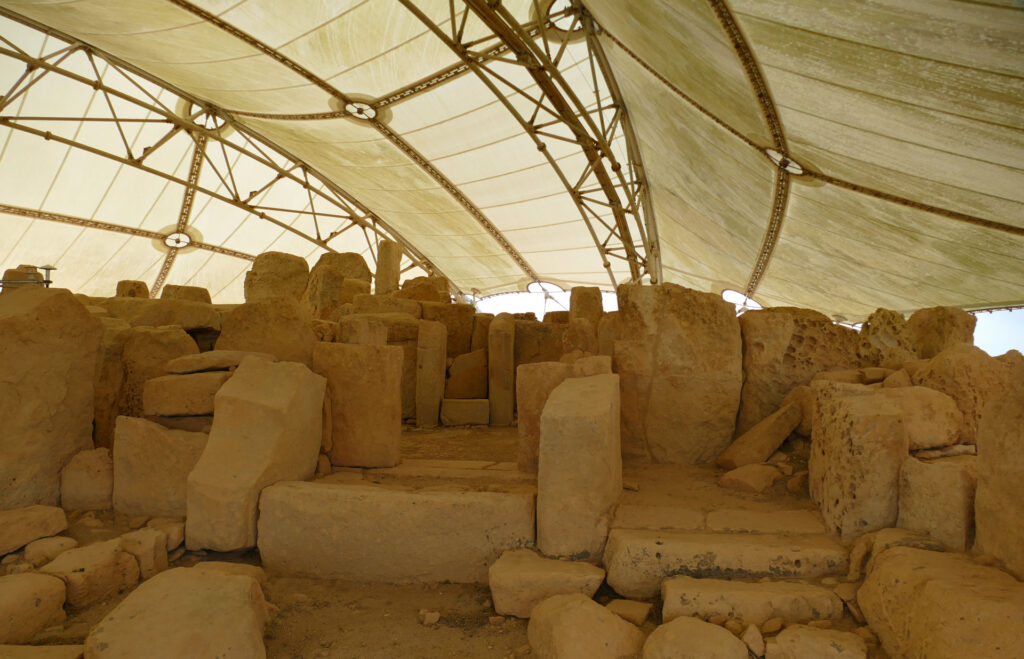
9. Farsons Brewery Experience
Farsons Brewery in Birkirkara brews Malta’s beer, Cisk. It’s a delicious, light lager that has been brewed on the island since 1929. Farsons also makes a series of ales and cider, and a unique non-alcoholic sparkling drink, Kinnie. The brewery has been regenerated, creating a visitor experience that includes a museum, a café-bakery, and a rooftop bar, The Cisk Tap. Ticketholders are entitled to a free pint here following a visit to the brewery.

10. Malta Aviation Museum
Malta’s position in the Mediterranean has made it both an important strategic base and a target during times of war; the island saw some of the heaviest bombardment of the Second World War during the Siege of Malta. The Malta Aviation Museum, in the centre of the island, provides insight into the history of the battle and the role of the Royal Air Force and Fleet Air Arm on the island. Hangars full of aircraft include a hurricane and spitfire, plus Gloster Meteor, Dakota DC3 and many other displays. There’s free car parking on site.
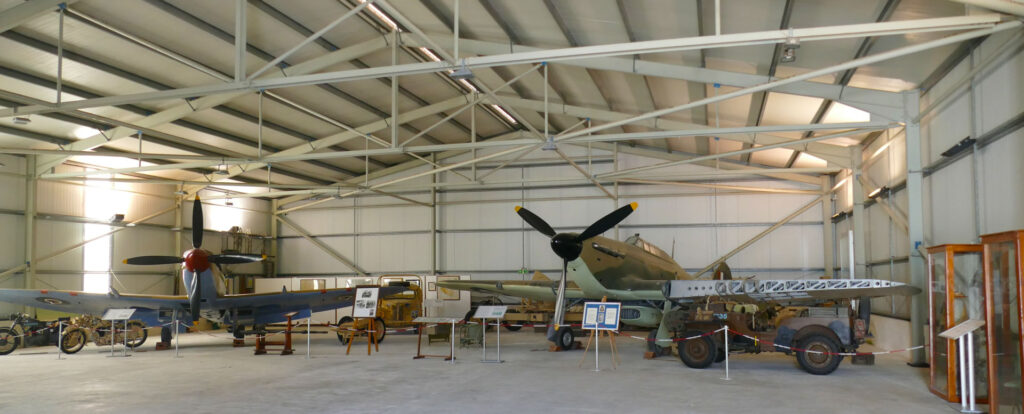
Travelling to Malta
Malta by air:
If you’re backpacking with a tent, Air Malta and EasyJet fly direct from London airports while Jet 2 flies direct from Manchester. Flight time is around 3½ to 4 hours. Expect a 1½-hr bus journey from the airport to Ghajn Tuffieha Campsite or, if you’re going wild camping on Marfa Ridge, 1hr 50 minutes by bus with a 20-minute walk to the wild camping zones. Car hire is possible from the airport.
Malta by ferry:
Malta is reached by Catamaran from Pozzallo, on the southeast coast of Sicily, to Valletta. Both Pozzallo and Valletta are tiny ports that are easy to find. Journey time is only 90 minutes (equivalent to crossing the English Channel from Dover to Calais). The sailing is run by Virtu Ferries (www.virtuferries.com) on board MV Saint John Paul II or MV Jean de la Valette, both smart and very clean. I paid an extra 15€ for Club Class, giving priority boarding/disembarkation and access to the exclusive club lounge, which was well worth it. I found the whole experience, including check-in and on-board, excellent.
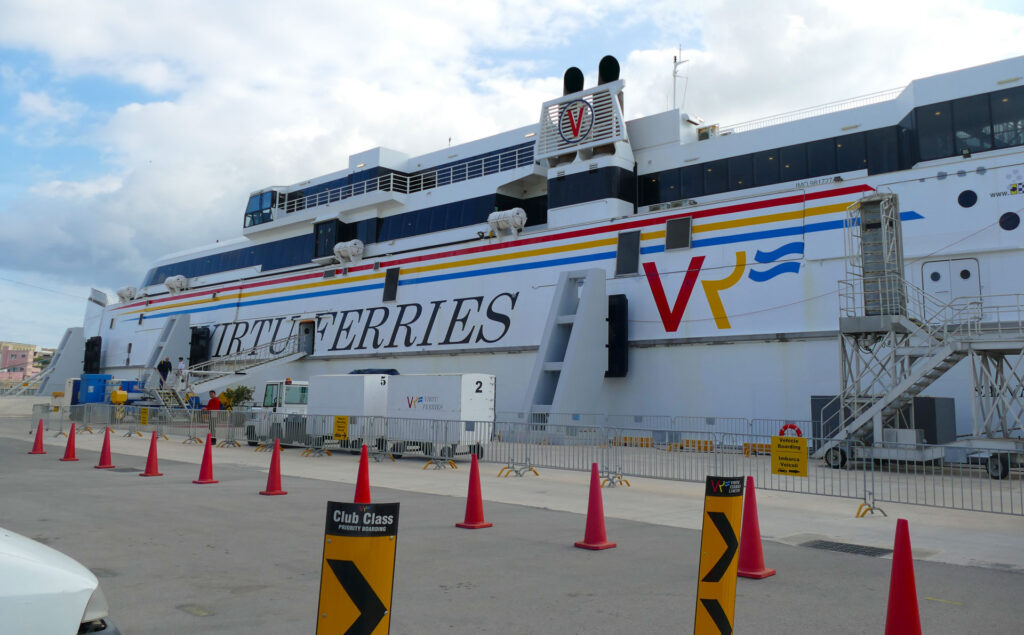
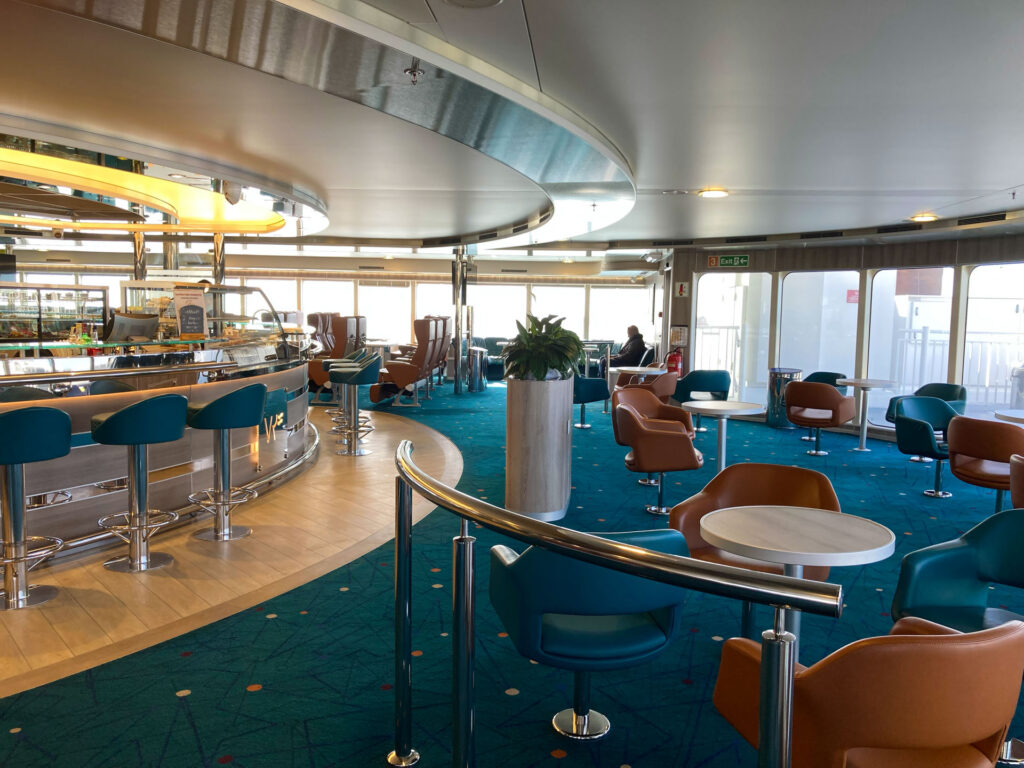
I’ve travelled on many ferries and to many ports throughout Europe over decades of touring. Arriving in and departing from the Grand Harbour is the most spectacular and special I have encountered. It is worth travelling by ferry to Malta for this experience alone!
Ensure you have all your vehicle documents with you. Maltese customs will check and record your arrival. This is nothing to be alarmed by; but anticipate that it does happen.
There are various options to reach Sicily, an island destination in its own right, before making the ferry crossing to Malta.
Caronte & Tourist Ferry from Villa San Giovanni (mainland Italy) to Messina (Sicily). This is a fast water taxi that runs back and forth every 20 minutes across the Strait of Messina. There is no need to pre-book; purchase your ticket at the concourse and hop on the next available ferry. Journey time is also 20 minutes.
You can also arrive on Sicily through the port of Palermo, using Grimaldi Lines. This was my option, departing from Livorno, in northern Italy, on the overnight ferry (20hrs) to Palermo. Other routes from mainland Italy to Palermo include Napoli and Salerno. My sailing was very pleasant, with a comfortable, clean cabin and excellent restaurant. A swimming pool and spa were also on-board. Be aware that driving in Palermo can be daunting. Exiting the port is onto a very busy multi-lane road with no markings (or at junctions and roundabouts). There is limited signposting. Expect lawless driving, too!
Discover More
Malta Tourist Board
All accompanying images © Caroline Mills


